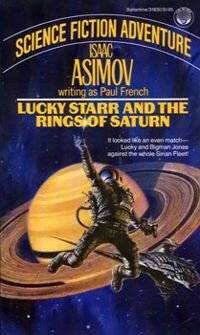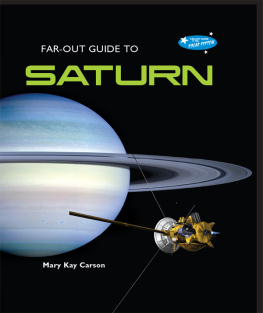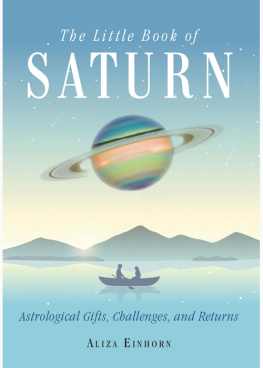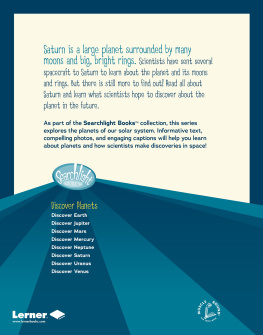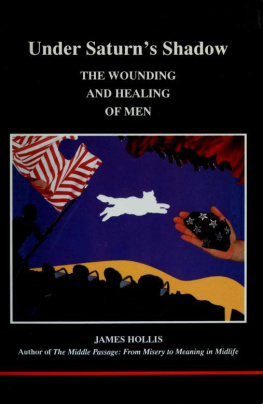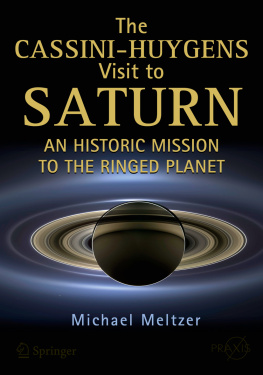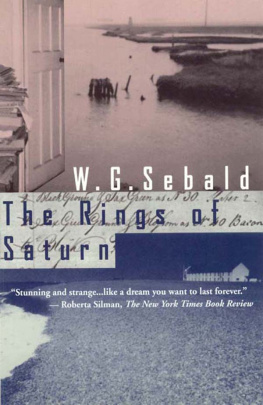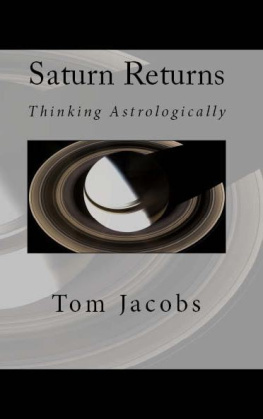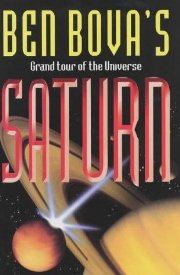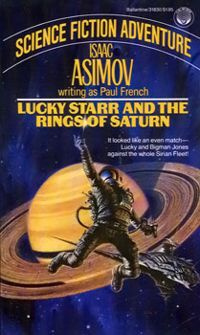Plate 45: Mare Orientate, anciently imprinted on Earth's moon by an "E.M.V.", remains a demonstrative statement of awesome power. Photograph, which includes only part of the affected area, is a mosaic assembled by NASA from circumlunar flights.

Frontispiece: A spectacular pattern in Saturn's atmosphere masks the presence of awesome power.
NORMAN R. BERGRUN
Ringmakers
of
Saturn
The Pentland Press
Edinburgh
Norman R. Bergrun 1986
All rights reserved
Excerpts may be made freely in furtherance
of knowledge and understanding
First published in 1986 by
The Pentland Press Ltd
Kippielaw by Haddington
East Lothian EH41 4PY
Scotland
Printed and bound in Scotland
by Clark Constable, Edinburgh and London
Jacket design by Ann Ross Paterson
Library of Congress Catalogue Card Number 86-81530
ISBN 0 946270 33 3
Dedicated
To All People
In Peaceful Quest of Knowledge
NORMAN BERGRUN
Executive. Personal: Born August 4, 1921; Son of Theodore and Naomi Ruth Stemm Bergrun (both deceased); Married Claire Michaelson; Father of Clark, Jay, Joan. Education: B.S.M.E., Cornell University, 1943; L.L.B., LaSalle University (Extension), 1955; Postgraduate Study, Stanford University, 1947; Continuing Education, Foothill College, 1982. Military: Served in the United States Navy, 1944-46, attaining the rank of Chief Specialist. Career: Executive, Bergrun Companies (Research, Engineering, Construction, Properties); Thermodynamicist, Douglas Aircraft Company, El Segundo, 1943-44; Aero Research Scientist, NACA Ames Laboratory, 1944-56; Lockheed Missile and Space Company, Van Nuys (CA), Supervisor Flight Test 1956-68, Manager Flight Test Analysis 1958-62, Manager Test Plans and Direction 1962-63, Manager Re-Entry Test Operations 1963-67, Staff Scientist Satellite Systems Applications 1967-69; Director, Management Information Systems, Nielsen Engineering and Research, Mt. View, California. Organizational Memberships: American Institute of Aeronautics and Astronautics, Chairman San Francisco Section 1962, Regional Director 1963, Associate Fellow; California Society of Professional Engineers, State Director 1973-74 and 1979-83, Vice-President, 1986. National Society of Professional Engineers, National Director, 1975-76; California Space and Defense Council, 1982; Co-founder and Acting Chairman of the Board, California Professional Engineering Center, 1986. Charter Member Aviation Hall of Fame. Community Activities: Foreign-Student Host, International Center for the Advancement of Management Education, Stanford University, 1964-67; National Hearing on Noise Abatement and Control, Washington, D.C., 1971; Steering Committee Member for Representative Charles S. Gubser, 10th District California, 83rd-93rd Congress, 1960-74; California Space and Defense Council, 1982; Presidential Task Force, 1982; Television Public Service Announcement, Holiday Project, 1981. Religion: Stanford Memorial Chapel, Teaching Assistant, Youth Program; Member Chapel Summer Choir, 1982; Foothill Evening Chorale, 1980-86 interdenominational. Honors and Awards: Engineer of the Year, California Society of Professional Engineers, Penisula Chapter, 1978; Appreciation for Sustained Contributions Institute of Aeronautics and Astronautics, 1972; Extraordinary Service Award, National Management Association, 1968; Recognition of Distinctive Service, Institute of Aerospace Sciences, 1962; Appreciation for Contributions to First Polaris Launching, Navy Department, 1960.
From Second Edition
Two Thousand Notable Americans
Presented herein are pictures of immensely large, enormously powerful extraterrestrial space vehicles located in the vicinity of Saturn and its moons. These photographic revelations are reinforced by, and are consistent with, scientific data extending over centuries as far back as Galileo. The pictures have been obtained by the author using simple, repeatable enhancement techniques applied to publicly available NASA photographs from Voyager 1 and 2 flybys of Saturn. Having been obtained by pre-scheduled flight programming, Voyager photographs are scientifically unique in that they are strictly impersonal.
Identification of extraterrestrial vehicles, apparently possessing ancient historical presence in the solar system, is a new discovery having many ramifications. Attention, however, is focused on presenting factual information which can be gleaned from the pictures. Cameras, being wellestablished scientific instruments, provide direct data of the "Seeing-Is-Believing" variety. Despite their straight-forward characteristic, actual photographs probably will not establish conviction for everyone. For example, personal beliefs may deleteriously impair the communication process. Not withstanding this difficulty, effort has been exercised to enhance communication effectively through use of supplemental illustrations. Burdening detail of enhancement methodology, aerospace equations and technical jargon intentionally has been omitted to favor simple, broadly comprehensible language.
Considerable technical data have been published concerning Voyagers 1 and 2 on-board instrumentation results during the Saturn flybys. Interpretation of the visual data presented poses no conflict with data from other on-board instrumentation. In fact, all data are mutually compatible. Interestingly, the visual data stand on their own without the need for other measurements redundantly to attest to the accuracy of the analysis. A fundamental attribute of any correct analysis is that it supplies answers to a wide spectrum of relevant questions. When the physical nature of a problem is understood, a predictive ability then ensues which enables achievement of new progress. Such achievement can be expressed simply as a breakthrough.
Magnitude of the Saturnian breakthrough would appear to be substantial. Saturnian space vehicles, strangely unusual in their great size and appearance, introduce a new and unpredictable variable into affairs world-wide. Some hitherto reported events are recounted in terms of vehicle capabilities with a view toward postulating some concept of what the future portends. Compelling reasons exist for obtaining a much more complete understanding of these vehicles and the inferential superlative intelligence behind them.
Photographic enhancement has been accomplished by enlarging negatives with a microscope having recording and high-intensity lighting capabilities. Self-developing positive film recorded the various selected images contained in negatives. Copies of original photomicrographic recordings are the product of professional film-processing services.
To recall, launch date for Voyager 1 is 5 September 1977 and for Voyager 2, 20 August 1977. Date of closest approach to Saturn is 12 November 1980 for Voyager 1 and 26 August 1981 for Voyager 2. Without photography from these flybys, the science story presented herein could not be told. Universality of interest in the findings renders disclosures singularly through disciplineoriented channels inappropriate. Further, absence of disciplinary-boundary constraints permits discussion of humanistic concerns relevant to the findings which otherwise would be omitted. This broad approach is expected to catalyze more readily and more realistically the priorities which should be given to the many, highly diverse, aspects of the subject matter.


